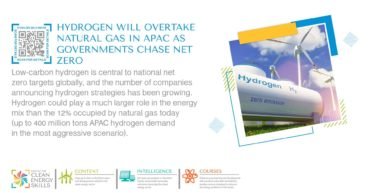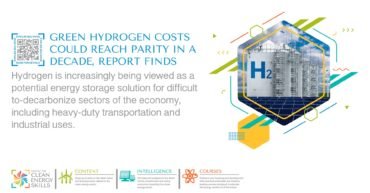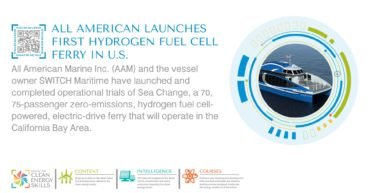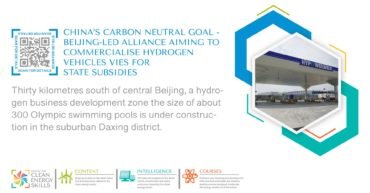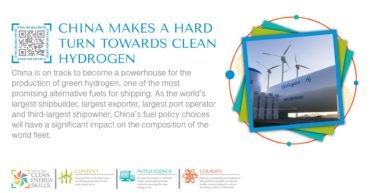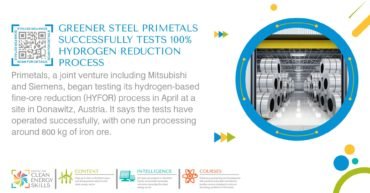Low-carbon hydrogen is central to national net-zero targets globally, and the number of companies announcing hydrogen strategies has been growing. Hydrogen could play a much larger role in the energy mix than the 12% occupied by natural gas today (up to 400 million tons APAC hydrogen demand in the most aggressive scenario).
Stanwell’s study presents a significant opportunity to accelerate the development of export opportunities for renewable hydrogen in Australia and to work with a highly credible consortium from Japan that has the potential to deliver a large scale export project
The Hyundai Motor Group plans to develop hydrogen fuel cell versions of all its commercial vehicle models by the year 2028, with the firm also looking to introduce a “next-generation fuel-cell system” in 2023
Swiss developer H2 Energy Europe buys plot in Port of Esbjerg for 1GW electrolyser to produce green fuels for 10,000 trucks
Hydrogen is increasingly being viewed as a potential energy storage solution for difficult-to-decarbonize sectors of the economy, including heavy-duty transportation and industrial uses.
All American Marine Inc. (AAM) and the vessel owner SWITCH Maritime have launched and completed operational trials of Sea Change, a 70′, 75-passenger zero-emissions, hydrogen fuel cell-powered, electric-drive ferry that will operate in the California Bay Area.
Thirty kilometres south of central Beijing, a hydrogen business development zone the size of about 300 Olympic swimming pools is under construction in the suburban Daxing district.
A proposed 8 gigawatt Australian green hydrogen hub involving French supermajor TotalEnergies has enlisted Australia-listed Global Energy Ventures (GEV) to explore shipping hydrogen from the proposed project to the Asia-Pacific region.
Chinese companies are racing to show their compliance with the country’s carbon neutrality target, pushing the market for electrolyzers to be at least nine times bigger in 2022 than in 2020.
Decarbonisation is a major challenge for the steel sector, where fossil carbon sources conventionally used for both heating and chemical reduction produce emissions.
